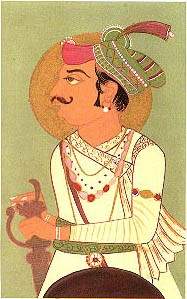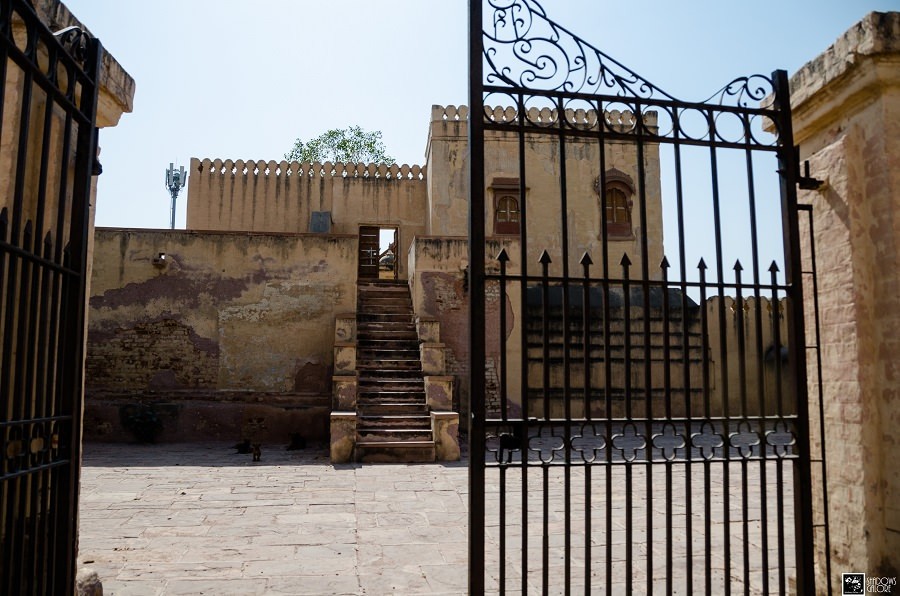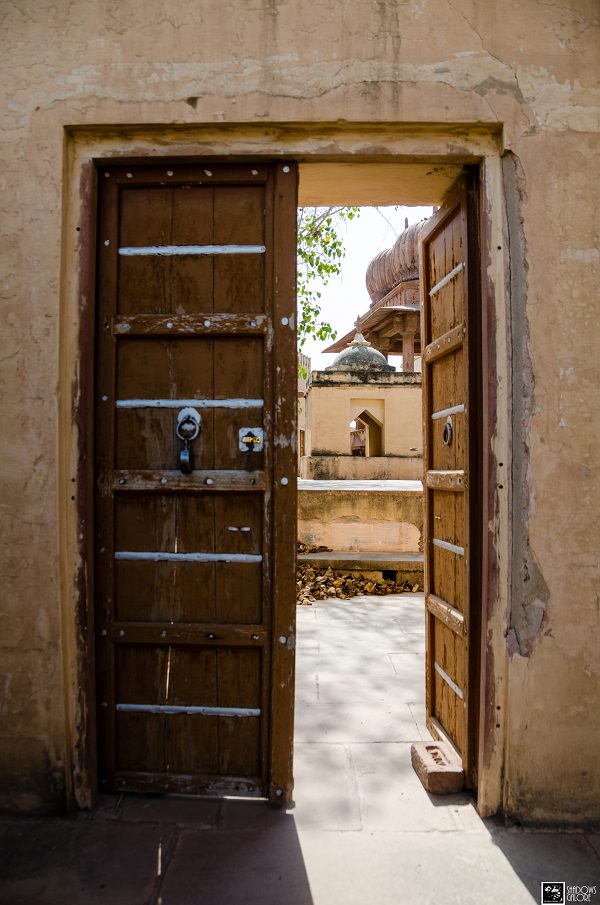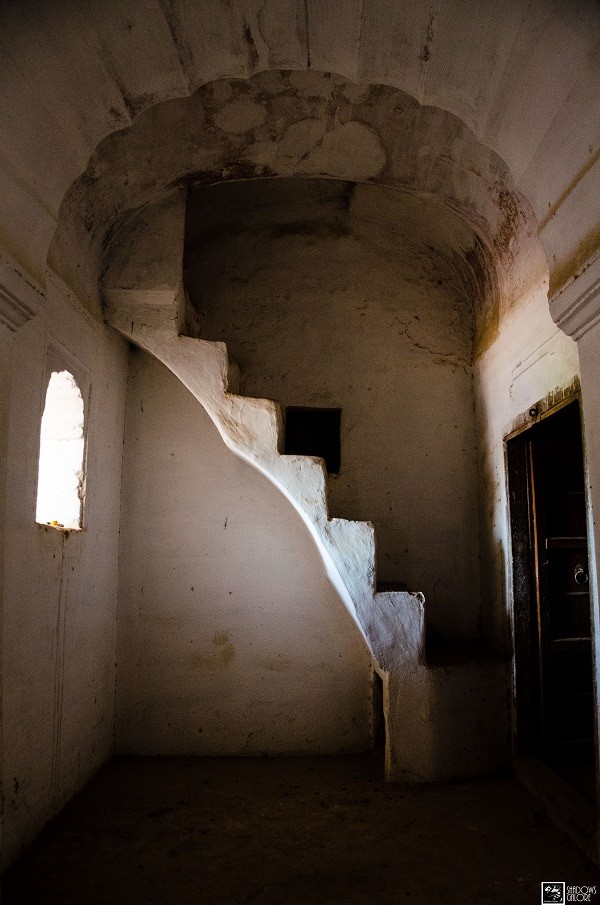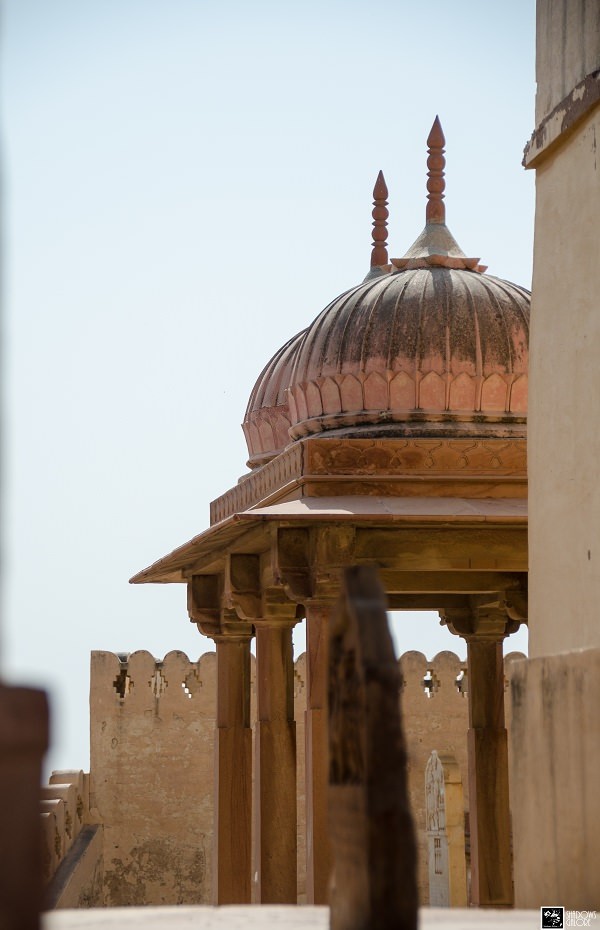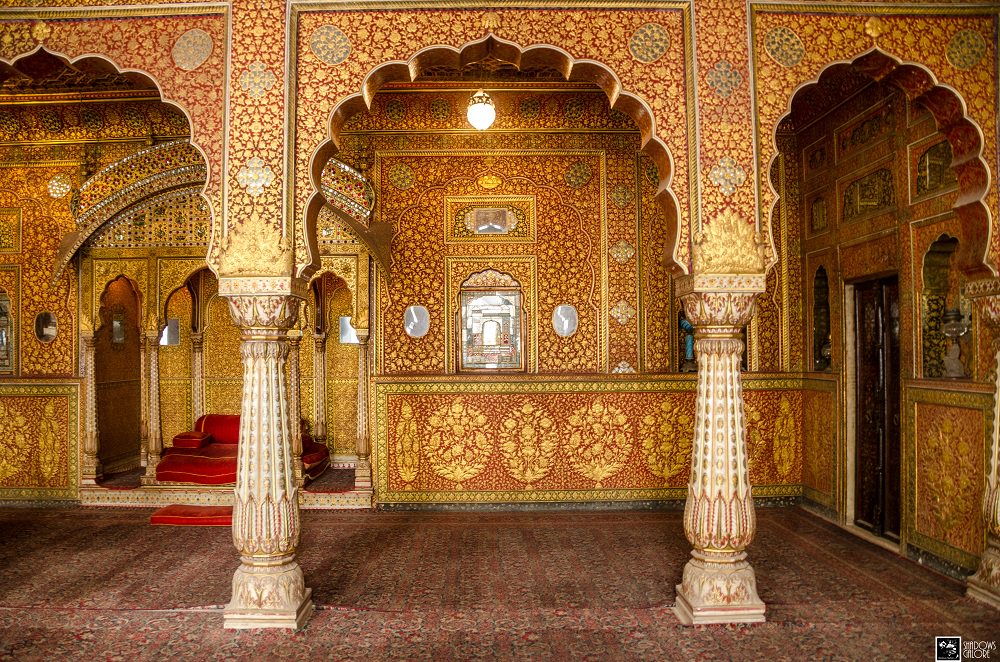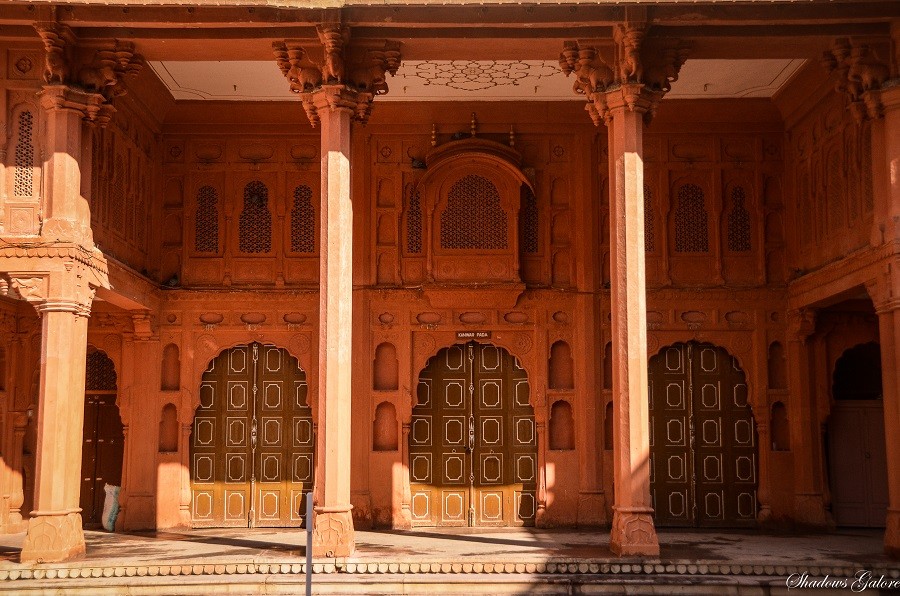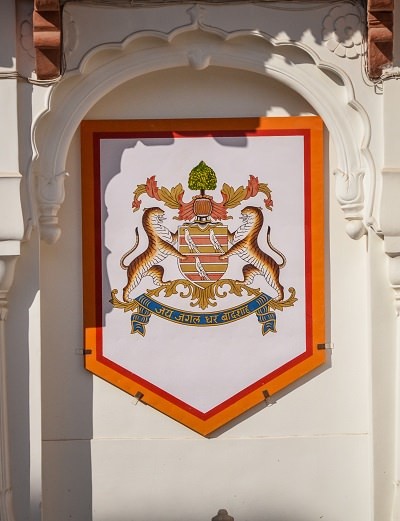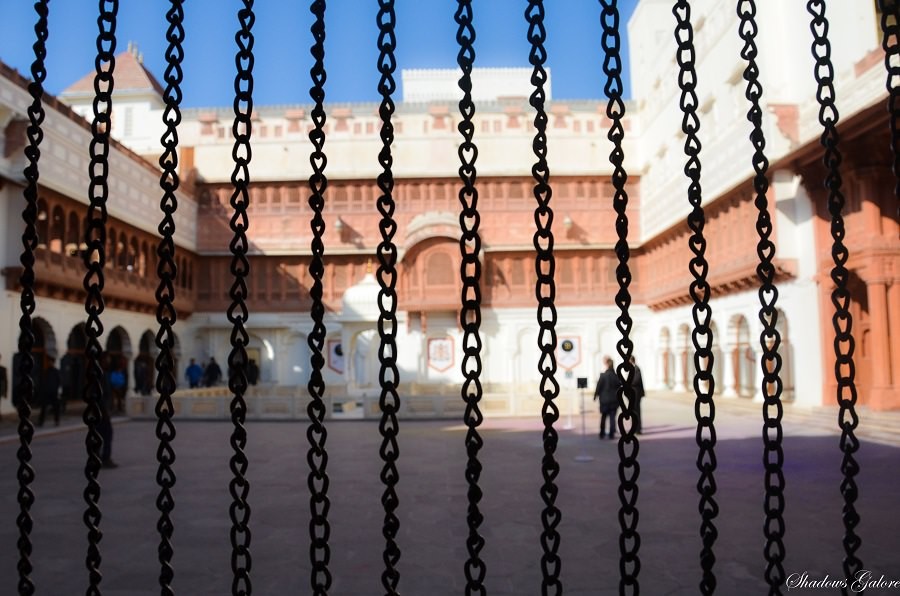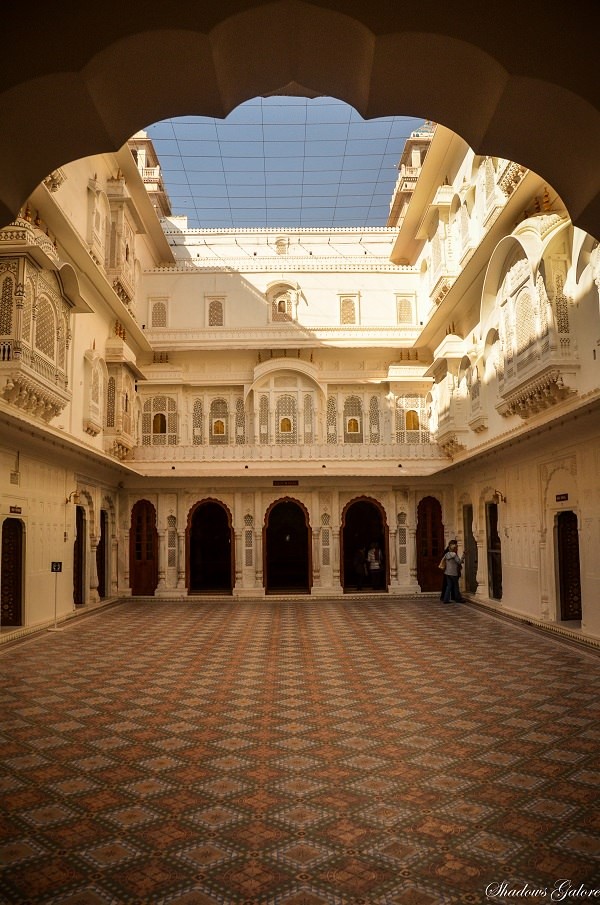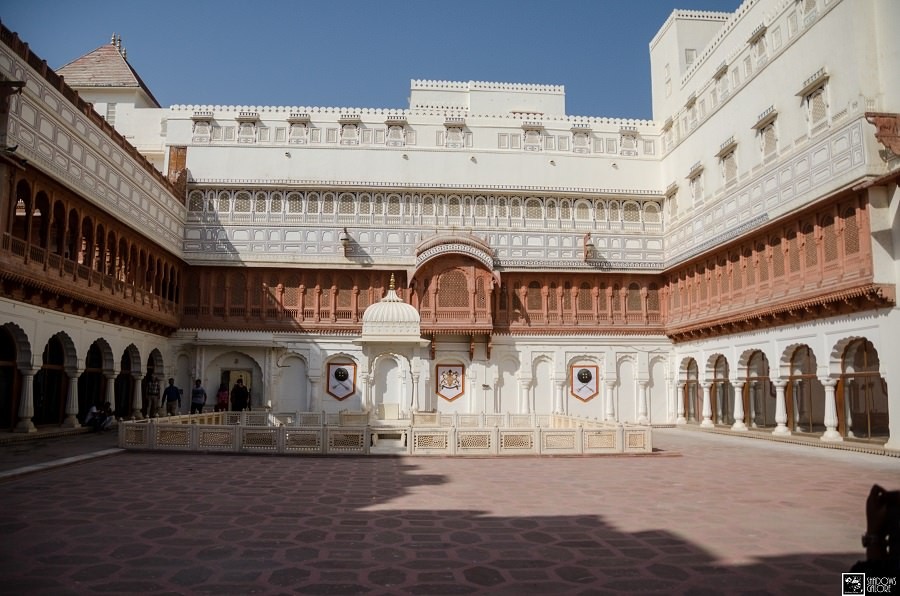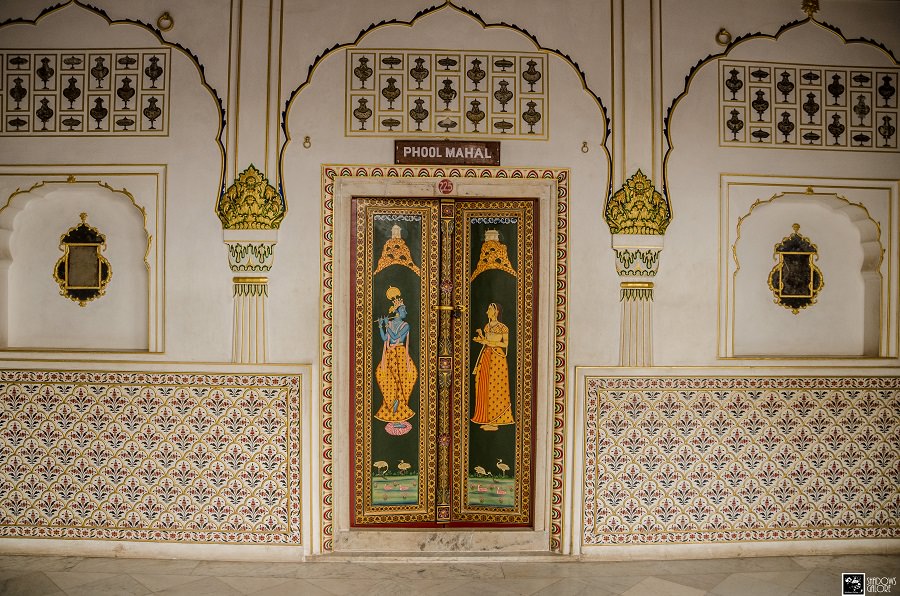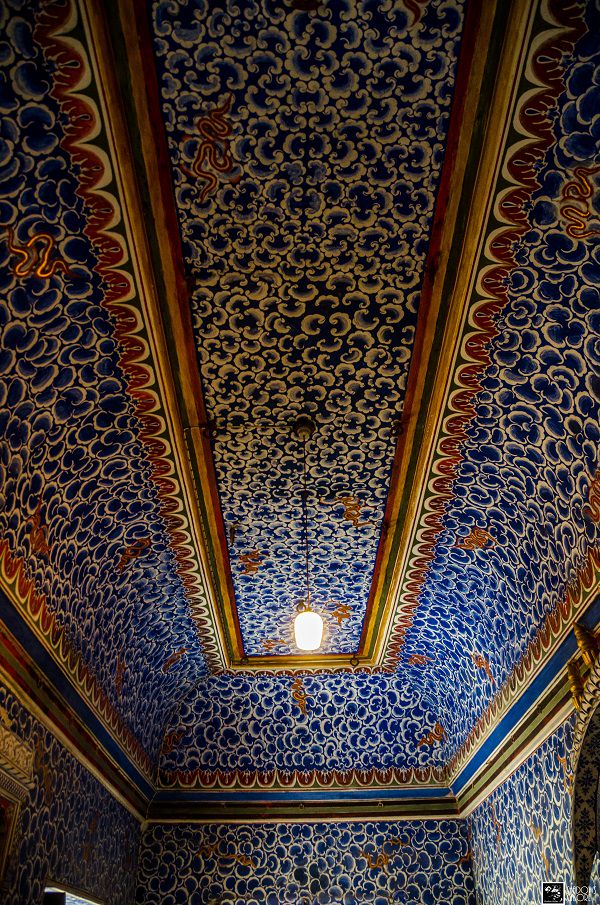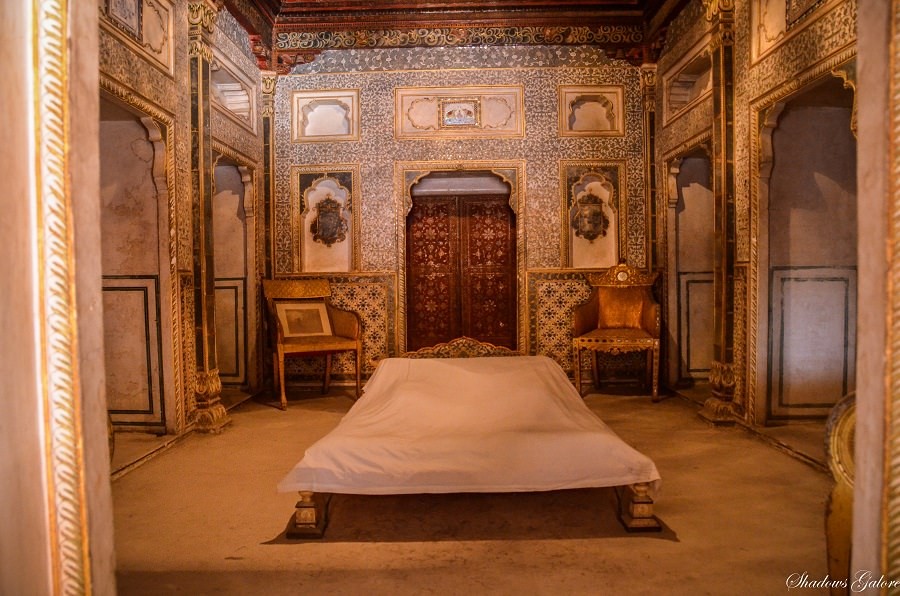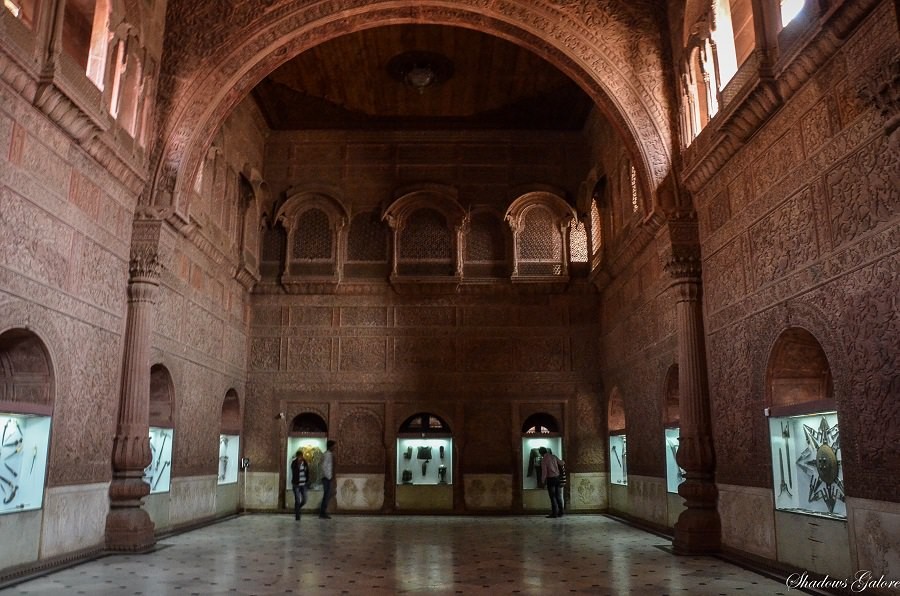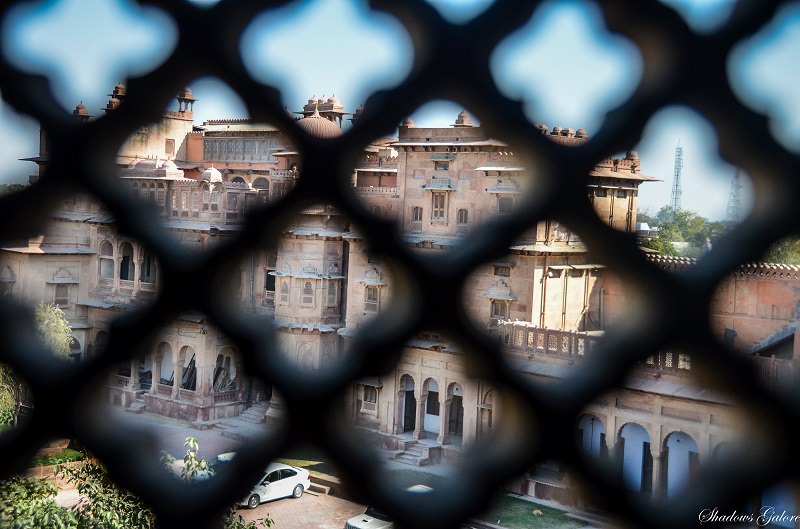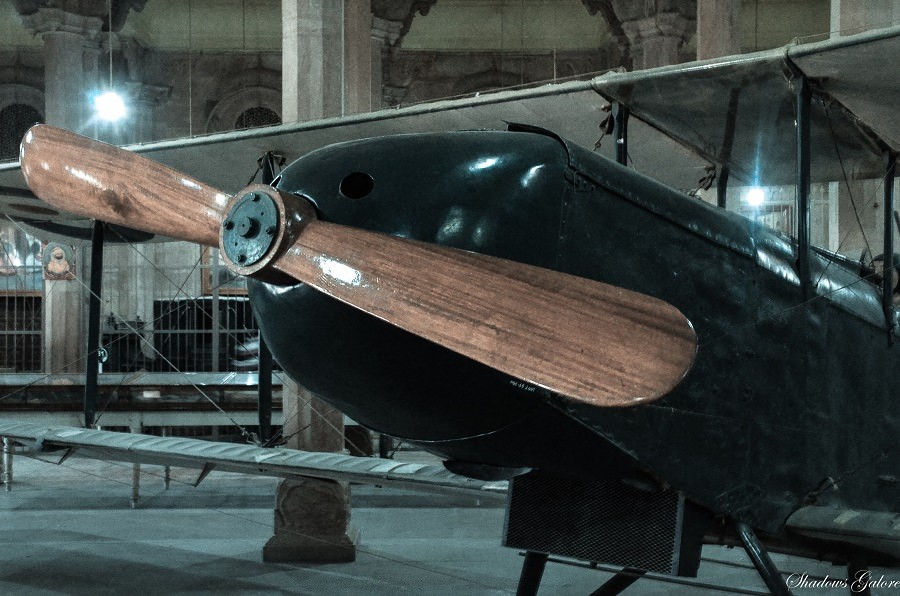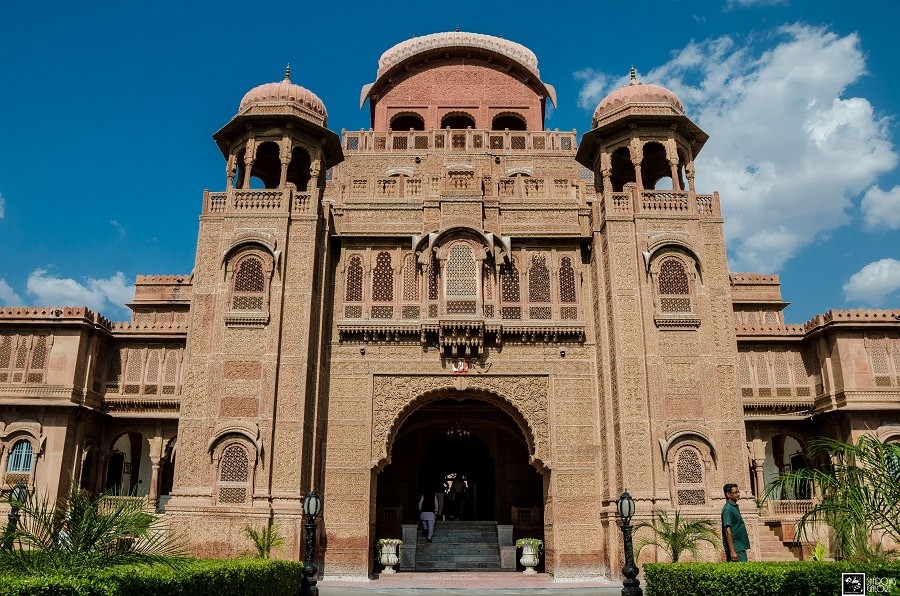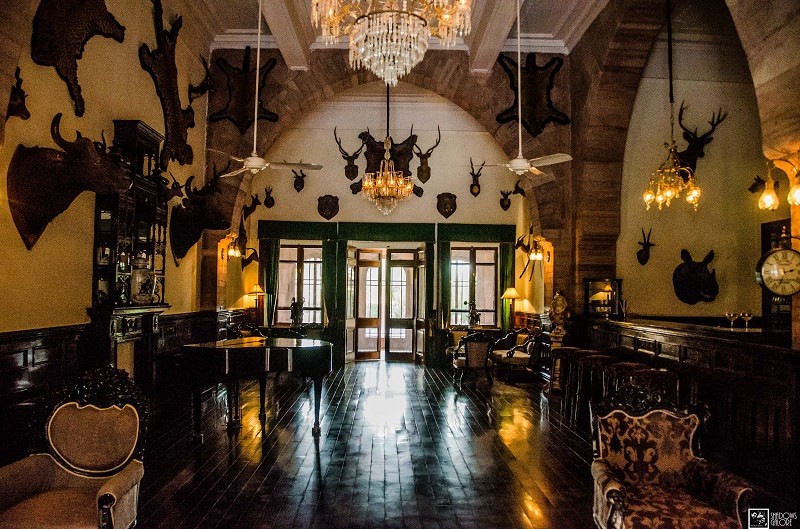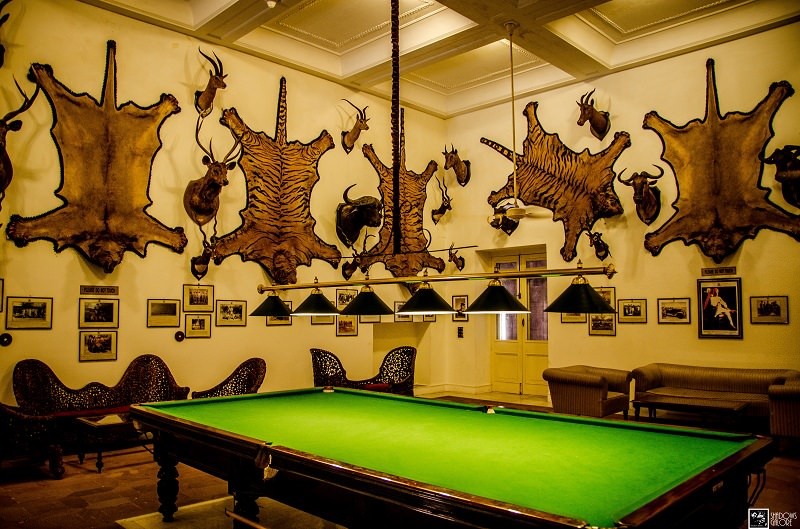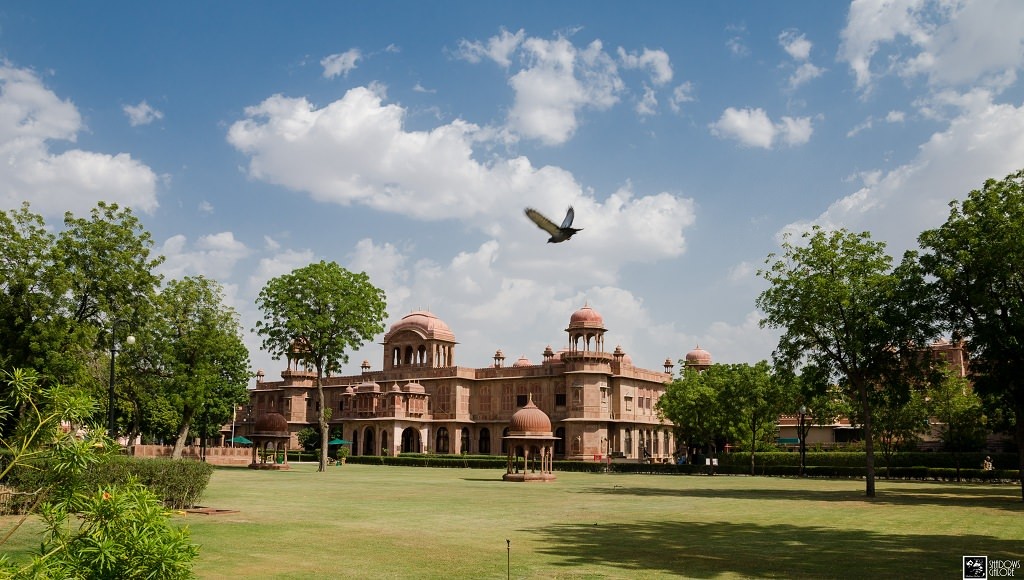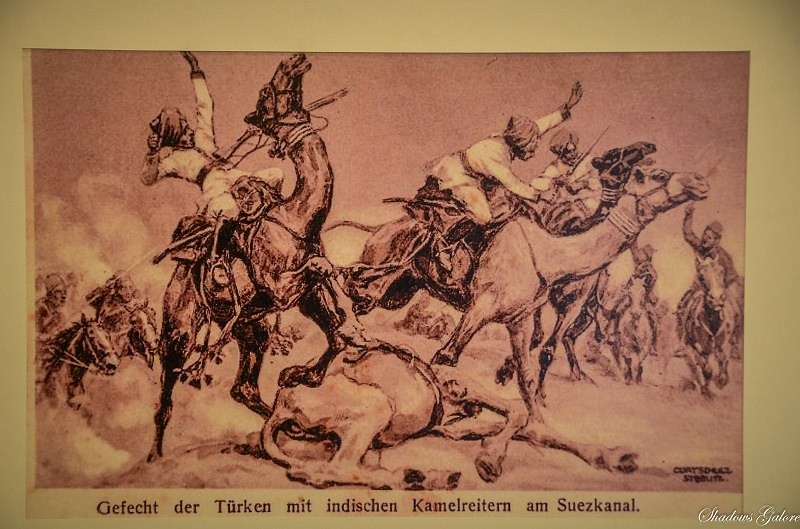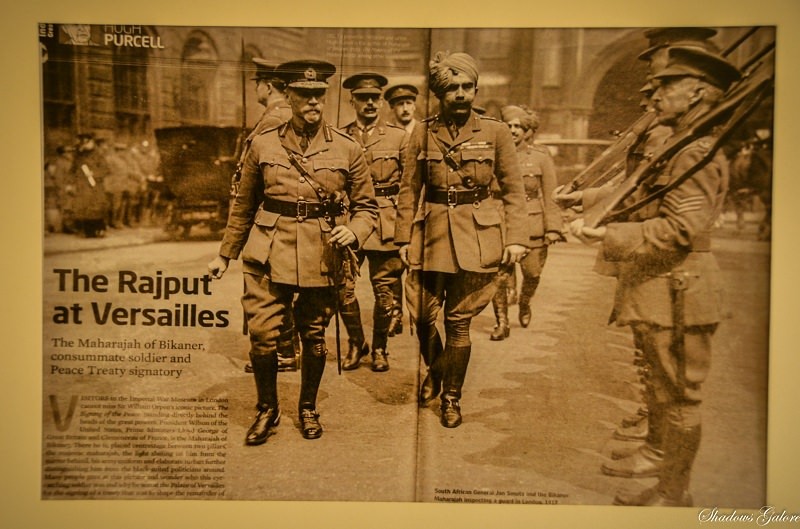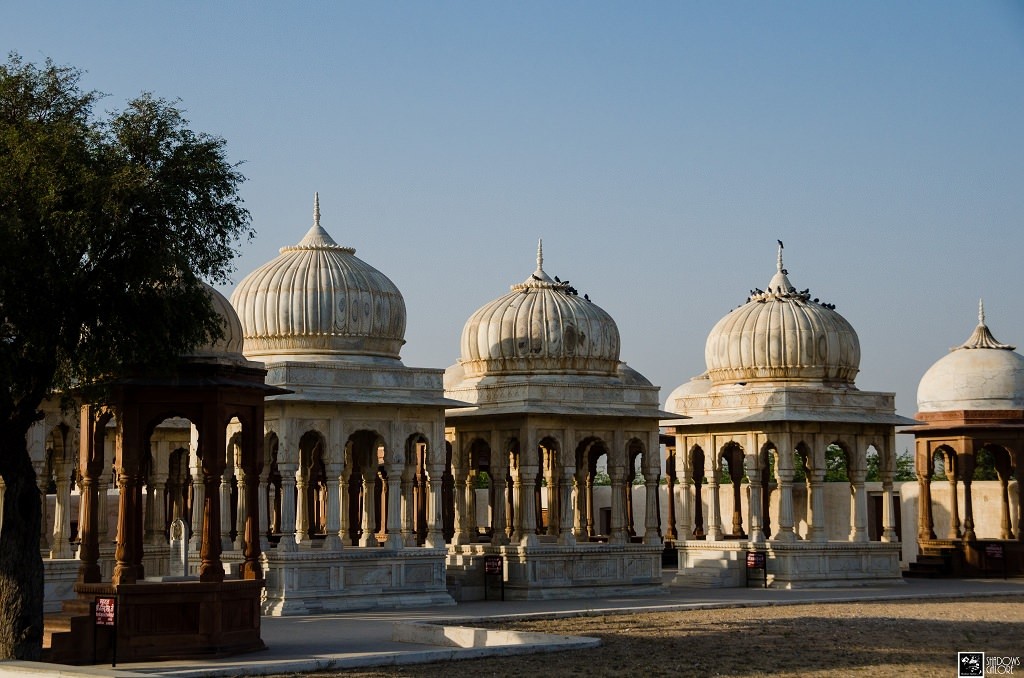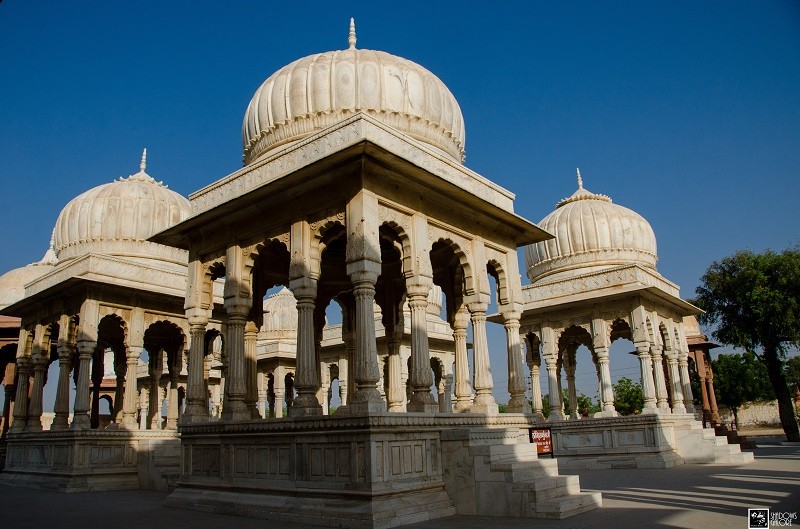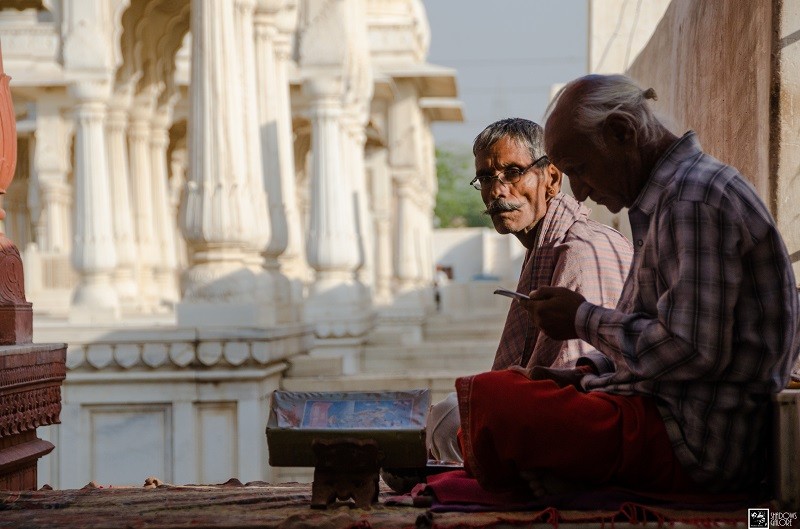Omens were not favourable in the house of Rao Jodha, the king of Marwar and founder of Jodhpur. An off-handed remark from the patriarch offended Rao Bika, his fifth-born son, so much that he decided to relinquish his claim to the throne and leave the kingdom. The prince left with a small contingent of 100 horsemen and 500 foot-soldiers to create his own destiny, the bitter alienation resulting in the kingdom of Bikaner and centuries of strife…
Rajasthan is synonymous with fascinating tales of kings and queens, kept alive in the memory of the people by folklores and songs. The ballads are replete with stories of chivalry, valour and sacrifice; and sometimes those of short tempers, egos on an overdrive and impulsive decisions that had a long-lasting impact. In this case, a minor sting caused by carelessly chosen words between a father and his son created a rift, and a new dynasty in the middle of the Thar, the state of Bikaner.
While it is one thing to create a kingdom, it is another to keep it intact. The fledgeling principality struggled on for the first 100 years; the inhospitable terrain –aptly named Jungledesh – was a terrible place to launch an empire from and local Jats and Bhils were not particularly happy about new competitors staking claim to the already meagre resources. However, there was one factor which proved crucial to their survival – they had chosen an oasis to establish their first stronghold, a source of perennial water supply that was bang on over an important trade route between Hindustan and Central Asia. Thus started a unique relationship between Bikaner and business, which has survived the test of time.
As expected, the first item on our agenda for Day 1 was to experience the history of Bikaner, to learn about its founding fathers, see what they built, and get a taste (this was the incredible part!) of what they had on their dining tables. As soon as we were back from the Karni Mata Temple and done with the breakfast, we grabbed the cameras and set out to explore the royal side of Bikaner.
Bikaji Ki Tekri
Contrary to popular narrative, Bikaji Ki Tekri is not a fort. It is in fact, a memorial dedicated to Rao Bika Ji and later kings of the Rathod clan like Rao Nara, Rao Lunakaran and Rao Jetsi, who ruled Bikaner in the 15th and 16th centuries.
Built on a small hillock adjacent to the city walls, the Tekri spares no expense in establishing its importance. Set on a higher plinth, with evidence of small fortifications that suggest that it might have another purpose besides the cenotaphs. The cenotaph of Bikaji is made of marble, while others are in red stone. Each cenotaph had an inscription on it which can provide clues about the early history of Bikaner, but I was not able to read those. Foot impressions (paduka) of the queens who committed Sati are also found in one of the memorials. There are lots of rooms, visible and hidden, underground chambers and bricked up tunnels to let all sorts of urban legends rife about, making it an interesting place to write about. Today it stands desolate, there is hardly anyone around and you probably need some assistance in getting the gates opened. Worth a visit nonetheless.
Ancient doors, delicate cenotaphs and bricked up passages at Bikaji ki Tekri
Junagarh Fort Bikaner
The foundations of the House of Rao Bikaji were laid in a small citadel atop a hillock Lakshmi Narayan temple, most of which have withered away in the centuries that have gone by. As the desert kingdom grew in strength with time, the need for a newer and more secure stronghold was increasingly felt. Finally, in 1589 AD, nearly 110 years after the establishment of Bikaner, Raja Rai Singh commissioned the construction of a new fort under the supervision of architect Karan Chand. This new fort was close to the city centre and remained the political and administrative nucleus of Bikaner until the early 20th century when the royal household moved to the newly constructed Lalgarh Palace Compound. Now the old fort, originally named Chintamani Durg, started being called simply Junagarh (Juna = Old, Garh = Fort).
Jai Jungle Dhar Baadshah
The Mughal Empire was at its peak in the reign of Aurangzeb but he was far from being content. The zealot emperor wanted to convert the whole of India to Islam and perceived the Hindu vassal kings as stumbling blocks to his design, finally deciding to get rid of them.
A conspiracy was hatched where the kings were to be summoned for a fictitious campaign beyond the Indus and be assassinated away from their kingdoms. However, as the cavalcade neared Attock, the kings got wind of the nefarious plan and decided to retaliate. During the dark of night, Raja Karan Singh of Bikaner was proclaimed ‘Jai Jungle Dhar Badshah’ (emperor of the jungle). Next day when boats were sent to ferry the kings across Indus, Karan Singh was the first demolish it. Soon all boats were destroyed and the conspiracy failed.
Karan Singh paid dearly for his audacity. Infuriated by the setback, Aurangzeb banished him to Deccan where he died in 1669 AD. For centuries thereafter, the Rathods of Bikaner proudly assumed the title of Jai Jungle Dhar Badshah and it even features on their coat of arms.
So what is a fort doing on flat ground anyway?
Unlike most forts of Rajasthan which are built over impregnable hilltops, the Junagarh fort is built right in the middle of the city and on the ground level. You would not have any problem walking right up to its gates, provided you managed to cross the unforgiving desert and the tenacious resistance of the Rathods.
The architects of Junagarh were aware of the challenges that come with a hopelessly flat terrain. So, what was lacking from the topographical point was compensated by a feat of engineering. The 12-meter high walls of the fort had a width of 4.4-meter at an average, protected by 37 bastions, 7 gates, when all this did not seem enough – by an approximately 5-meter wide moat infested with vile crocodiles. This coupled with the diplomacy of the Bikaner kings made sure that Junagarh did not see many attacks, and was never conquered.
Architecture
The severe medieval exterior of the Junagarh Palace does not give an inkling of the delicateness that lies within its ramparts. While the original design was largely in the traditional Marwari school, additions by successive kings during their reigns resulted in a chronological amalgamation of different architectural styles, ranging from later Rajput and Gujarati to Mughal and subsequent inspiration from various schools of design then prevalent in Europe, representing 16 generations of art and design in all. Phillip Ward considered the Junagarh Fort to be “at par with those of Louis’s France or of Imperial Russia” as far as architectural grandeur was concerned.
Though most of the fort is built in red and yellow sandstone, there is substantial work in very fine white plaster, adorned with beautiful designs done in gold (called Usta). Most of this is in an excellent state of preservation.
The Palaces inside the Junagarh Fort
The composite theme of the fort’s interiors is reflected in the varying styles of the palaces within its ramparts, indicating the changing taste of the royalty with the passage of time. Karan Mahal is the first to welcome the visitors, built in 1690 AD by Raja Anup Singh in the memory of his father. It is fashioned in the form of a Deewan-E-Aam (Public audience hall), a spacious courtyard flanked by intricate baradari (veranda) laced with glass stained windows and delicate Rajput stucco work. A coronation niche was later added by Maharaja Gaj Singh, with an even richer design representing the growing riches of the state.
Courtyard, Karan Mahal
Phool Mahal is perhaps the oldest, built by Raja Rai Singh in the late 16th century. It showcases rich decorations with flower motifs, complete with vases and rose water sprinklers in the Mughal fashion that was prevalent during the reign of Emperor Jehangir. The rooms are decorated with stucco and beautiful glass inlay work.
Phool Mahal
Anup Mahal served as the administrative headquarters of Bikaner and the elaborate exquisiteness of its decorations remind us of its importance. A lot of work has been done in gold and vermillion, varnish work which is accentuated by green, blue and violet. The patterns on the arches are the most intricate, leaf work that gives an impression of a hill covered with a jungle – all in gold. Glass mosaic on the walls show scenes from the Ramayana and the wooden ceiling is decorated in ornate glass work as well. This palace has a throne which was used by the king to entertain foreign guests and important nobles. Carpets resembling the famous Persian rugs were actually made in the Bikaner jail by the inmates.
Badal Mahal is an annexe of the Anup Mahal, built by Maharaja Sardar Singh, ostensibly to show his children how clouds and rains looked like in the time of a great drought. Every inch of the rooms is painted in beautiful shades of blue and white, representing clouds, rains and lightning. Portraits of the king and his trusted nobles are displayed on the walls. Also on display are musical instruments like that the king liked to play himself. It is not difficult to almost hear sounds of a Veena playing Raag Malhar from some forgotten era.
Chander Mahal was named after Maharani Chand Kunwar, one of the queens of Maharaja Gaj Singh. Built in a crescent shape, it served as the royal chambers for the king and his queens and is thus the most luxurious. Decorated with a generous dose of gold, it has a lot of highly detailed stone and glass inlay work. The bedroom of the king is pretty imposing while those of the queens are slightly subdued.
King’s Chamber, Chander Mahal
Ganga Mahal was the newest and perhaps the last palace of the Junagarh fort before the family shifted to the Lalgarh Palace. The magnificent Darbar Hall, an eclectic mix of neo-Rajput and European grandeur carved in red stone. Today the empty hall displays an ancient wooden throne which is one of the oldest of its kind in India. The adjacent rooms are a mini-museum displaying armaments from the past, stuffed animals from the hunting expeditions, palanquins and elephant haudaas, and even a biplane from the WWI era.
Ganga Mahal and Museum
Laxmi Niwas Palace
At the dawn of the 20th century, the then Maharaja of Bikaner Sir Ganga Singh felt a need to create a new residence for the royal family, a great work of art and architecture which would showcase the glory of Bikaner at its best, while being in tandem with the changing times. This idea led to the construction of the Laxmi Niwas Palace and the Lalgarh Palace, two of the finest specimen of late Victorian architecture in India.
Laxmi Niwas Palace is the elder of the two palaces in the Lalgarh compound. Built between 1898-1902, it was designed in the Indo-Saracenic style, the preferred format for most palatial buildings of the time. Dulmera sandstones are the most commonly used material here, crafted with an exceptional skill. The beauty of this palace is most evident at the majestic entrance, which may just blow your mind away. The corridors and central courtyard are lovely in the traditional way. Aristocracy peeps from every corner, especially on the gold-laden walls of the staterooms and impossible grand bedrooms. European influence is clearly seen in the huge halls, in the stately Billiard Room and the Trophy Bar, which was my immediate favourite. The palace has hosted many important personalities, including heads of nations, and now caters to the niche tourist segment as a heritage hotel. I will write more about Laxmi Niwas Palace when we start discussing the Food Meditations. Until then, please enjoy the photographs.
Lalgarh Palace
The Lalgarh Palace was the last palace perhaps to be built in Bikaner, followed only by Narendra Bhawan which is a more intimate royal residence. An extension of the palace has been converted to a museum, named Sadul Singh Museum, aimed at providing information on the history of Bikaner and its royal family. The royal family lives in a part of this palace while the rest is now a heritage hotel and is out of bounds for general public.
The Rajput At Versailles
Maharaja Ganga Singh, the 21st ruler of Bikaner, was not only the king of a princely state but a consummate soldier and statesman par excellence. During the WWI, the Rathod prince served with the Indian 7th Division in France and successfully defended the Suez Canal against the Turks leading Ganga Risala, the Bikaner Camel Corps. The Rajputs gave a good account of themselves during this battle and many others that followed in the middle east and earned battle honours.
Maharaja Ganga Singh went on to represent the British dominion of India during the treaty of Versailles, the only Indian prince to get this honour, and went on to become a Major General in the British Army. He remained a lifelong friend of King George V.
“Tall, handsome, with thick dark moustache, glowing with pride over his youthful appearance, the Maharajah of Bikaner, who was wearing traditional dress, appeared splendid and regal as he put his signature to the Treaty.” is how he was remembered.
Photographs of Maharaja Ganga Singha and Ganga Risala, Sadul Singh Museum
Devi Kund Sagar
Devi Kund Sagar is a polite reminder of the fragility of life and everything that we accumulate during our lifetime. At the end of it, what remains of us are memories and a few words etched in stone. In an L shaped complex flanked by a water reservoir, there are rows upon rows of cenotaphs. While the older ones were made in red sandstone, the newer ones are done in marble. The earliest memorial is of Rao Kalyan Mal (1542 – 71 AD) and the most recent one is of Shri Narendra Singh (died 2003).
The cenotaphs of kings have a memorial plaque in stone, giving their details and that of their wives. On the other hand, the memorials of queens have footprints. Sadder ones are the 22 odd memorials of queens who committed Sati (an act of burning self on the funeral pyre of the dead husband, thankfully illegal now); and interestingly, of a male as well, who decided to choose death over separation from his beloved. However, what we found most heartbreaking were the memorials of children, young prince and princesses who left for heavenly abode much before their time.
In spite of the tragic undercurrent, Devi Kund Sagar looks beautiful during the mornings and the evenings. The chhatris are supremely elegant, a sombre witness to the beauty and grace of the Rajput architecture. If you are in Bikaner, do not miss a visit to this place.
Finally…
When I started working on this post, there was a plan to divide it into three parts. However. I could not find logical breakpoints to divide the story and ended up creating a single post. Apologies if it was too long to read, and many thanks if you were able to come this far.
This awesome trip to Bikaner was facilitated by the amazing folks at Narendra Bhawan Bikaner. I am thankful to them for hosting us and taking such great care of us. Hope to see you again.

